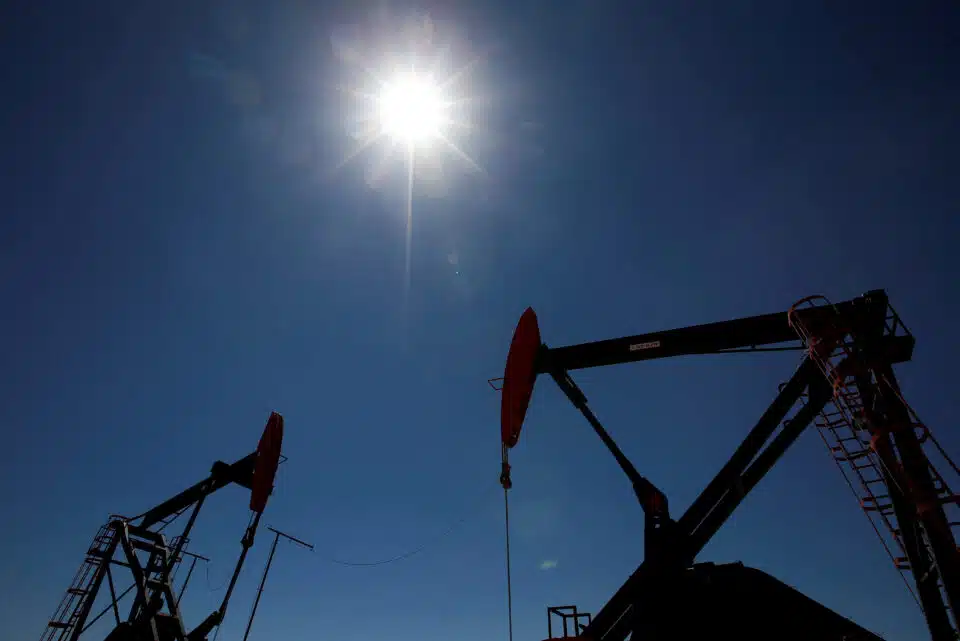KUALA LUMPUR, Oct 27 — Malaysian Rating Corporation Bhd (MARC Ratings) foresees the Brent oil prices to remain elevated to hover around US$85 to US$95 for the remainder of 2023 and within the range of US$80 to US$100 per barrel in 2024.
However, if more severe and widespread geopolitical conflicts affect oil’s physical supply and transportation, Brent oil prices may surpass US$100 per barrel, it said in a statement.
The worldwide energy landscape is currently experiencing a complex interplay of factors shaping the oil market’s near-term price outlook.
Those factors include the ongoing conflicts in Eastern Europe and the Middle East, supply disruptions, expectations of steady global gross domestic product (GDP) growth in 2024, and the persistence of medium-term oil dependency despite evolving environmental policies.
“To illustrate, the Russia-Ukraine conflict that began in February last year led to a subsequent 25 per cent surge in Brent oil prices, resulting in a sustained period of elevated prices above US$100 per barrel for four months.
“Even before the conflict, higher oil prices were attributed to escalating tensions in the region dating back to the troop build-up near the Russia-Ukraine border since the spring of 2021,” MARC Ratings said.
It believes the current Israel-Hamas conflict has introduced multiple geopolitical risks that could potentially have a substantial impact on oil prices compared to the Russia-Ukraine War.
This is due to the involvement of various geopolitical factions, potentially expanding the conflict zone significantly.
Additionally, the ongoing United States (US)-Iran tensions and the possibility of sanctions might lead oil price futures to factor in the risks associated with the closure of the Strait of Hormuz, a critical oil-shipping channel for approximately a fifth of the world’s oil.
Meanwhile, the supply-demand dynamics in the oil market may continue to bolster oil prices
MARC Ratings said the world’s largest oil importer, China, has shown signs of economic recovery, with better-than-expected growth in the third quarter of this year (3Q 2023), prompting forecasters to revise their estimates for China’s 2023 GDP growth to five per cent and above.
In addition, a global inventory drawdown occurred in 3Q 2023, and demand is expected to remain robust as markets head into the Northern Hemisphere winter.
On the supply side, production cuts would likely keep the total Organisation of the Petroleum Exporting Countries (OPEC) production below the pre-pandemic 2015-2019 five-year average of 36.2 thousand barrels per day, primarily due to Saudi Arabia and Russia’s commitment to extending production quota cuts in favour of higher oil revenue over market share.
“Furthermore, the US trade sanctions against Russia and the possibility of further sanctions against Iran could further constrict both actual and expected supply, intensifying the upward pressure on oil prices,” it said.
Downside risks would include de-escalating geopolitical risks, weaker-than-expected growth in China and the eurozone, rising production by non-OPEC members, and a temporary waiver of US sanctions on Venezuelan oil.
On top of that, an unexpected ending of voluntary production cuts by Saudi Arabia, Russia, and other OPEC+ members may also place downward pressure on oil prices.
— Bernama





